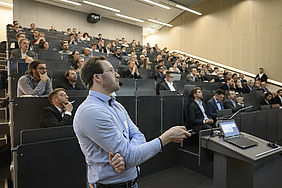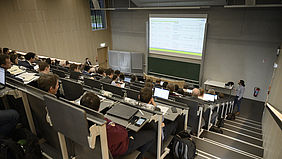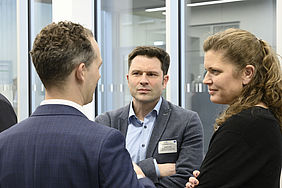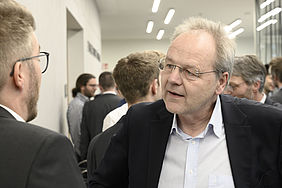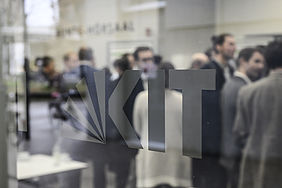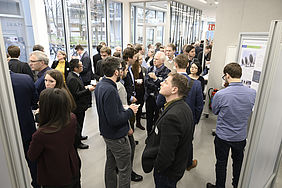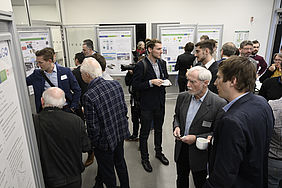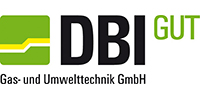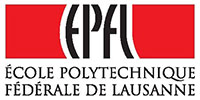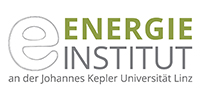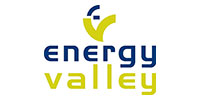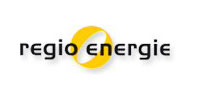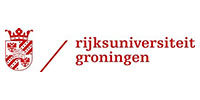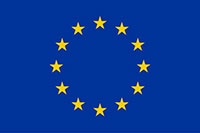Nearly 120 people from research, industry and associations from the energy sector were present for two days in Karlsruhe to discuss the results and impressions of the STORE&GO project from the last four years and the future of the European energy system.
All participants of the conference agreed that Power-to-gas is a promising technology for storing large amounts of green energy and making it usable again. It not only enables energy to be stored by producing hydrogen or climate-friendly synthetic methane (SNG). It also reduces the need for the costly expansion of the European electricity grid. This is because power-to-gas plants can be integrated into existing electricity, heat and gas networks. The gas produced can be made available for a variety of customer applications or further processed into liquefied natural gas (LNG). The technology can thus help to reduce greenhouse gas emissions and support the ambitious Paris climate targets and the EU Green Deal.
In order to be able to make use of the advantages of the power-to-gas technology, however, some basic conditions will have to be adapted in the future, so that there are corresponding business cases for the players on the market.
In order to achieve the 2050 climate goals, power-to-gas must be commercially competitive by 2025. It can be expected that upscaling effects and learning curves will continue to enhance efficiency and keep bringing the costs further down – but this will depend on a successful introduction of power-to-gas in the market.
Furthermore, the STORE&GO partners identified four approaches that can be defined as main fields of action in the future to introduce the Power-to-Gas Technology to the market.
These four approaches and the main results can be found combined in the STORE&GO Power-to-Gas Roadmap for Europe

